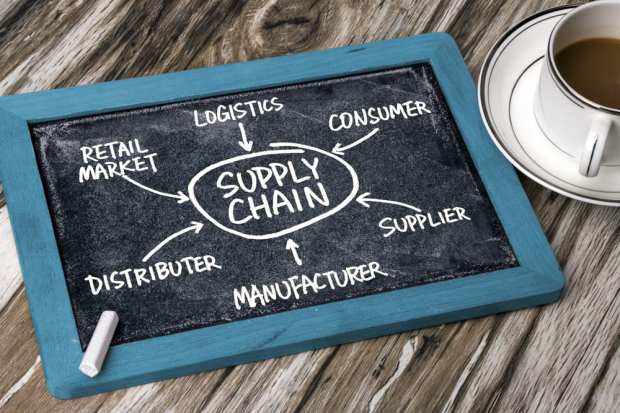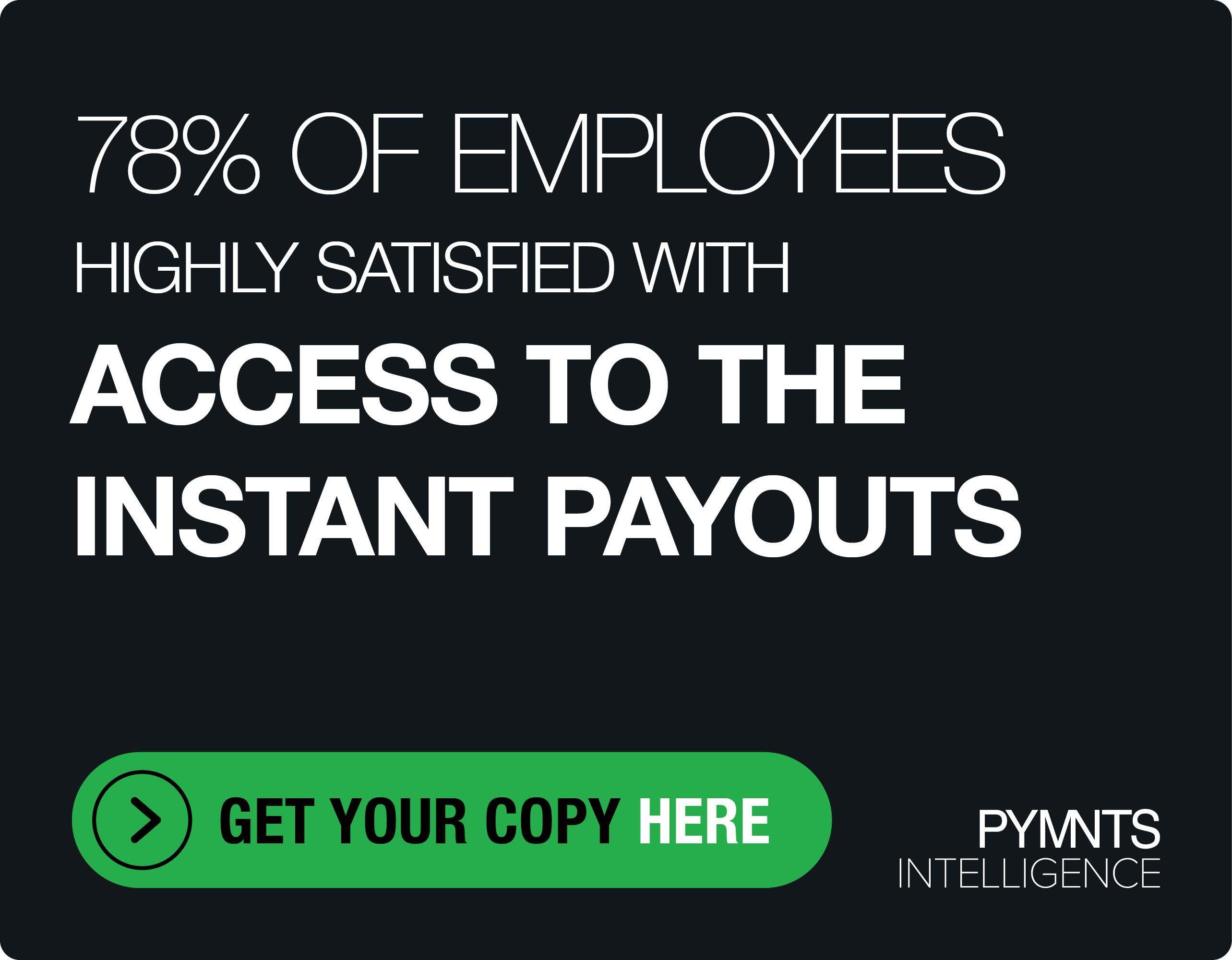Citi On Supply Chain Finance In An Age Of (Global) Uncertainty

Trade wars. Tariffs. Brexit. Beyond the headlines and stock market gyrations, beyond the speeches from politicians and academics, lies the very real impact of geopolitics on supply chains: Trade corridors are refashioned.
At a high level, trade is global in scope — and, increasingly, firms do business with each other 24/7, 365 days a year. Drilling down a bit, firms are shifting the ways they source, buy and manufacture a range of goods and services, and where they do it. Buyers and suppliers are seeking better economics for (and control over) their interactions with one another, looking to mitigate the shocks of currency fluctuations.
The Last Mile
New challenges emerge, then, for that last part of the last mile for supply chains — namely, payments.
In an interview with Karen Webster, John Ahearn, managing director and global head of trade for Citi’s Treasury and Trade Solutions business, said the B2B landscape is being reconfigured in ways that are likely permanent.
It’s been well-documented that, amid the tariff wars, U.S. firms have shifted production lines from China to other countries, such as Vietnam, where the costs of production are lower.
Brexit, too, is another example of how long-standing trade flows can be disrupted in a hurry. Ahearn said firms have been stockpiling goods in U.K. warehouses as a way to safeguard against the vagaries of how a Brexit deal is (or isn’t) finalized, and to meet local demand.
“You’re seeing major disruptions,” said Ahearn of cross-border activity. “It’s a transition, and you can’t just move a major production facility overnight. It’s a process, and as you start that process, you need to get all the infrastructure in place. If the trade wars were settled tomorrow, I don’t see a lot of these transaction flows coming back.”
Companies navigating new trade corridors — in Europe, Asia and elsewhere, using supply chain finance — will have to onboard new suppliers, and arrange different terms.
The Online Advantage
All of that can be made easier through online platforms. Supply chain finance platforms can smooth the lumpiness of B2B payments done across borders, in part by streamlining the process of converting currencies and navigating foreign exchange (FX) rates.
Consider the traditional process. A firm based in the U.S. may transact with a supplier in Hong Kong, and pay the supplier in U.S. dollars. On the other side of that transaction, the Hong Kong-based business must convert the USD to Hong Kong currency. That can be an inefficient process, especially for the supplier, which pays fees and may wait days for transactions to settle.
On a larger scale, the certainty of payments done through online portals and financing helps cement supply chains, said Ahearn, and can even create competitive advantages. As buyers morph their supply chains into new countries, he added, they can be attractive to smaller suppliers that want to get paid almost immediately.
Ahearn noted that supplier finance, in general, helps buyers manage their days payable outstanding (DPO). In essence, the buyers offer their credit ratings to entice suppliers to discount their receivables to get paid faster. The buyers get to stretch payment terms, for example, to 45 days from 30 days. That’s been the operating principle behind the Citi Supplier Finance platform, which has been in place for about 12 years, and is offered through the company’s Treasury and Trade Solutions unit.
The banking giant said on Monday (Oct.21) that it had enhanced the supplier finance function with a new interface via WorldLink Payment Services, which offers cross-border payment capabilities across 195 countries and 145 currencies. Through the platform, large U.S.-based buyers can continue to pay dollars to Citi, and Citi will automatically convert and pay suppliers in preferred local currencies — at, what Ahearn termed, a more attractive rate than would be charged by a local institution.
Smaller suppliers stand to benefit from that arrangement, he explained, as they are typically the ones paying the most expensive rates for FX conversion and credit.
“The whole goal here is to have a win-win” for buyers and suppliers, Ahearn said — even as they grapple with a dynamically changing trade environment.
